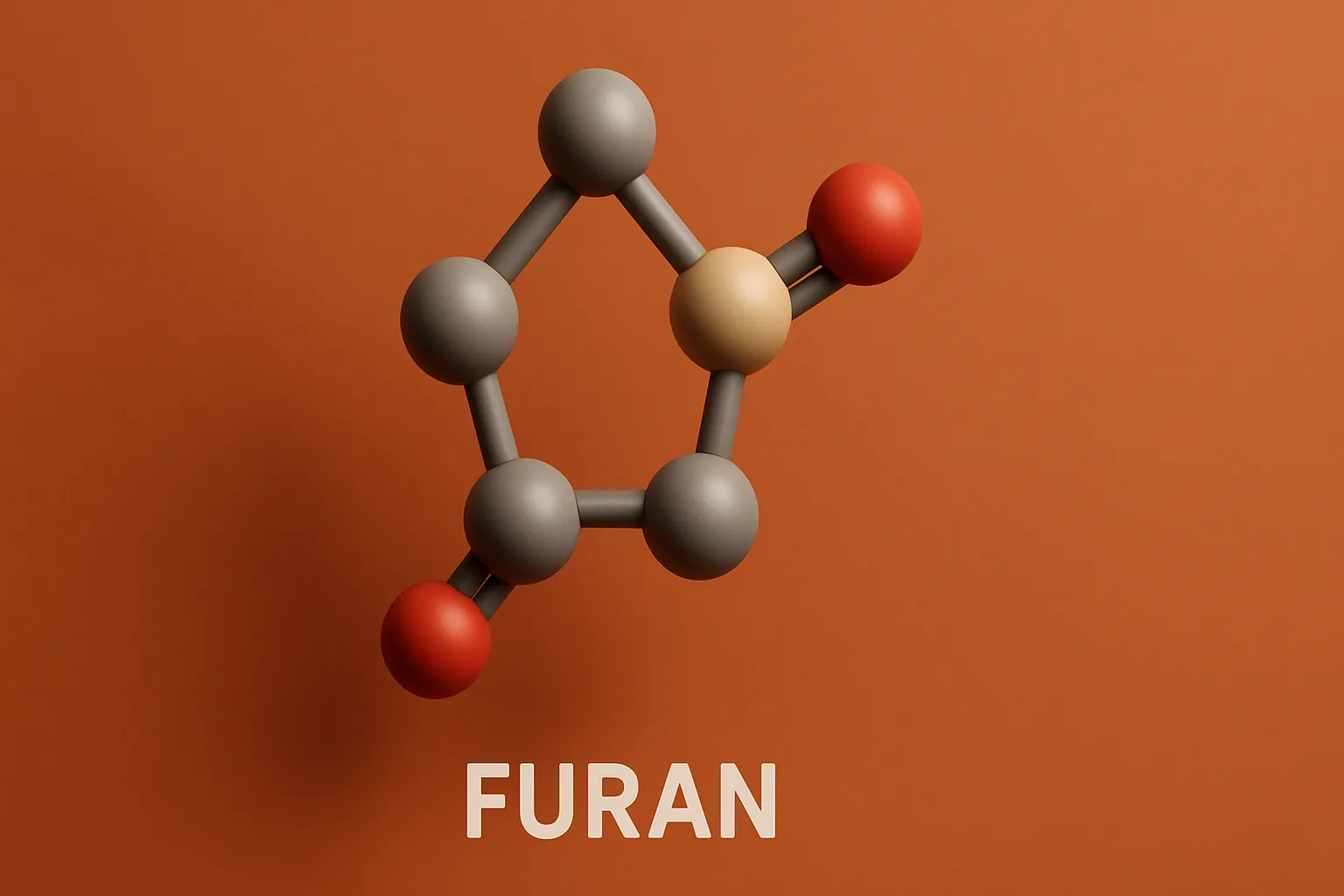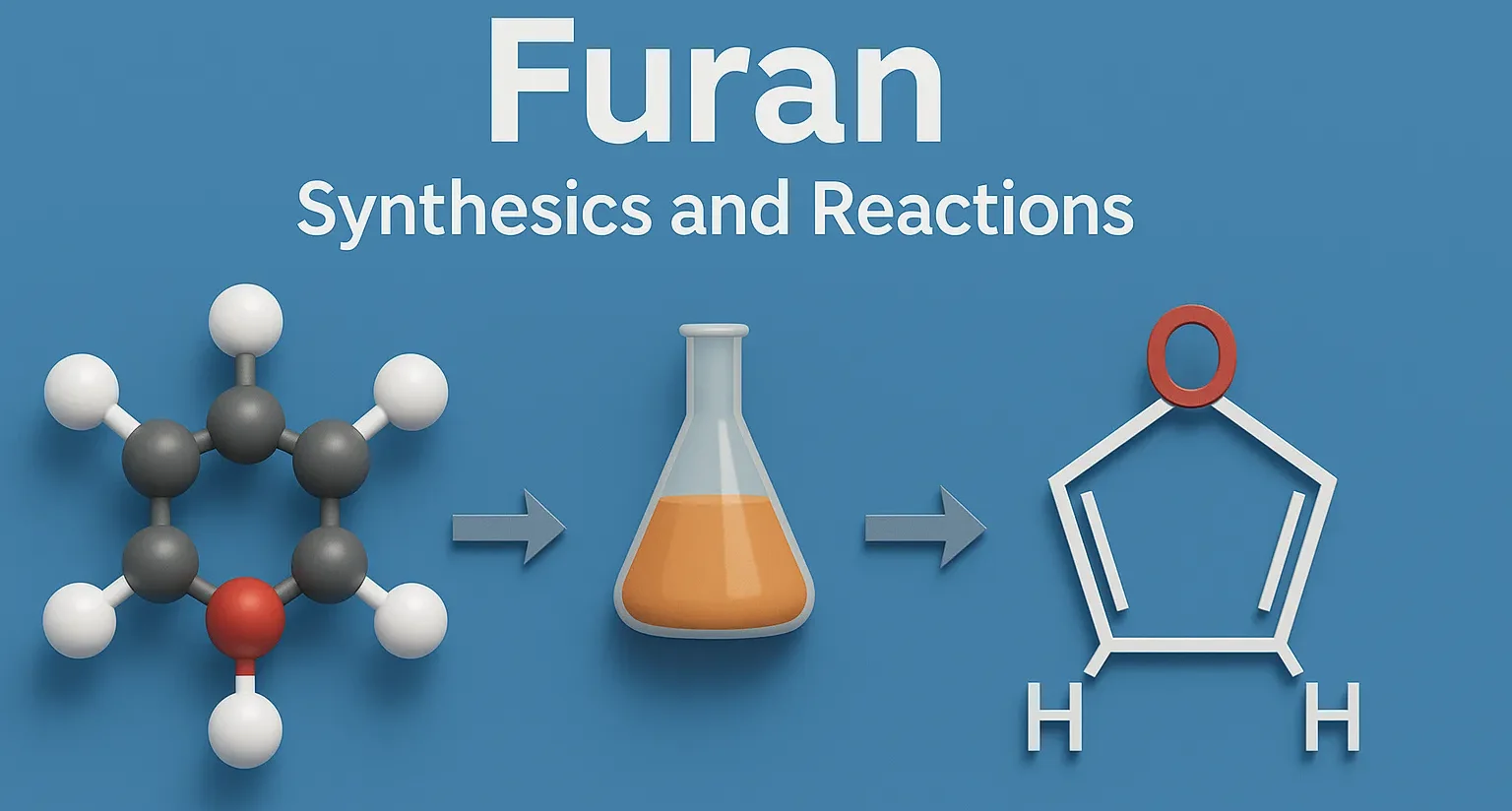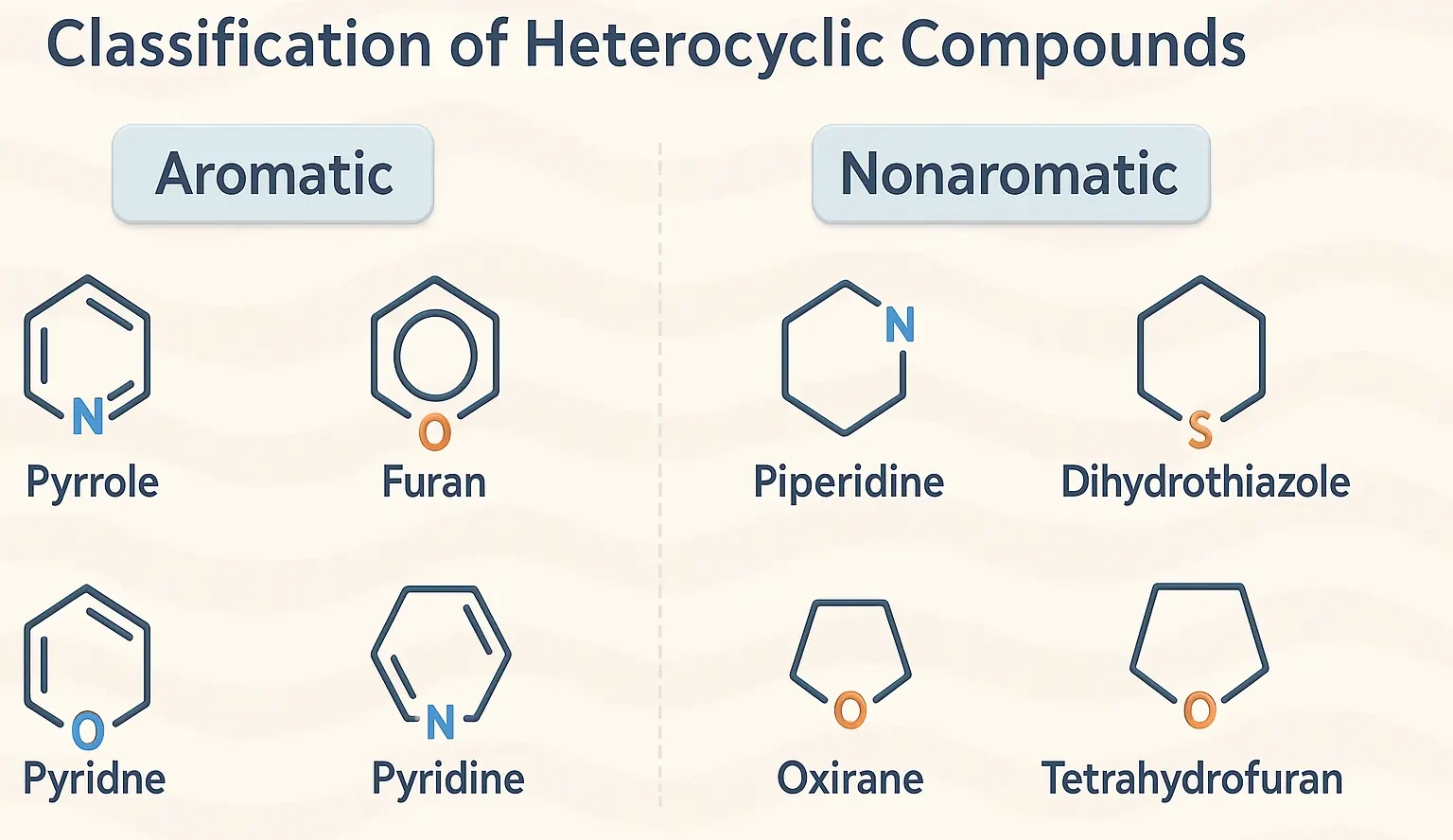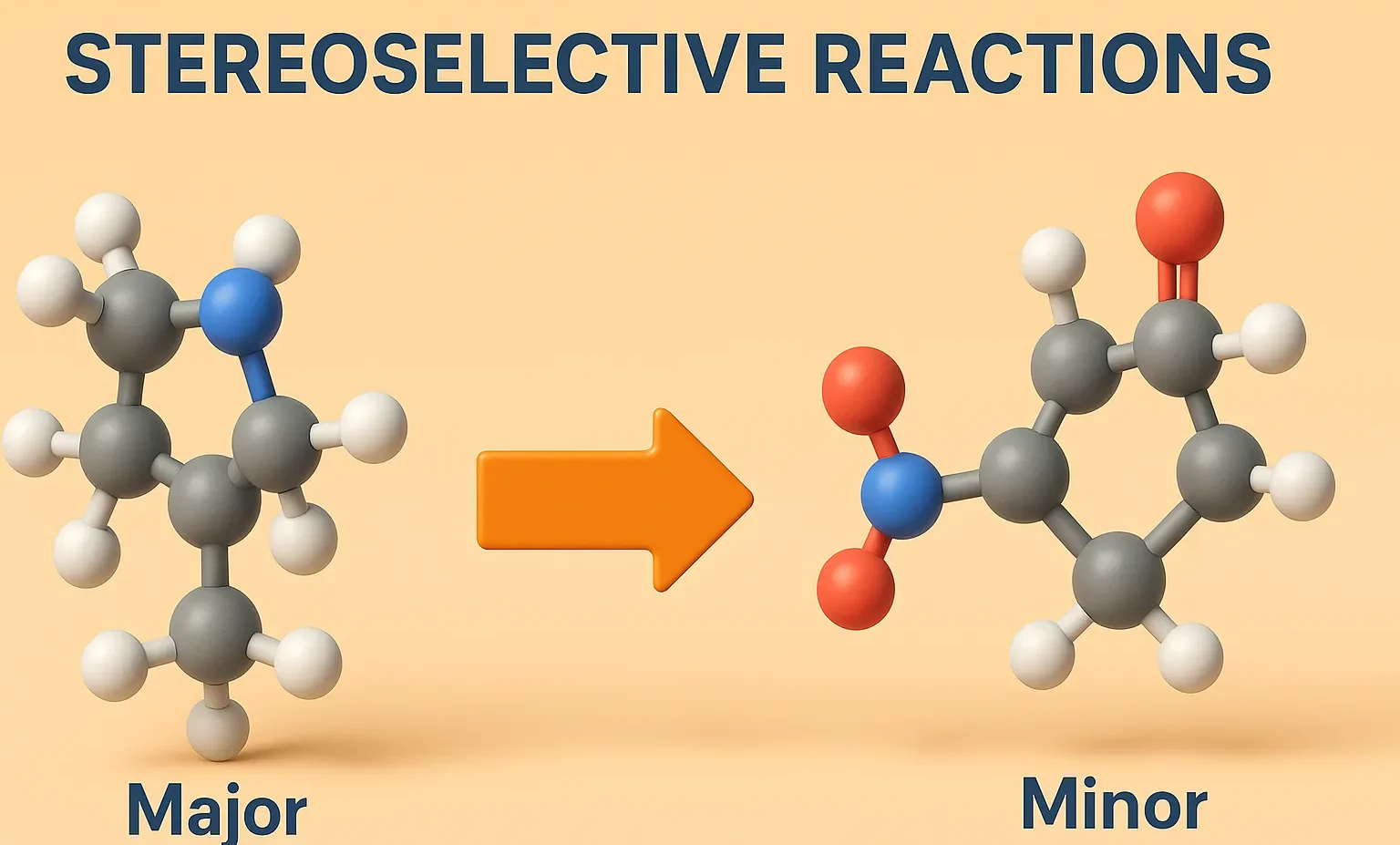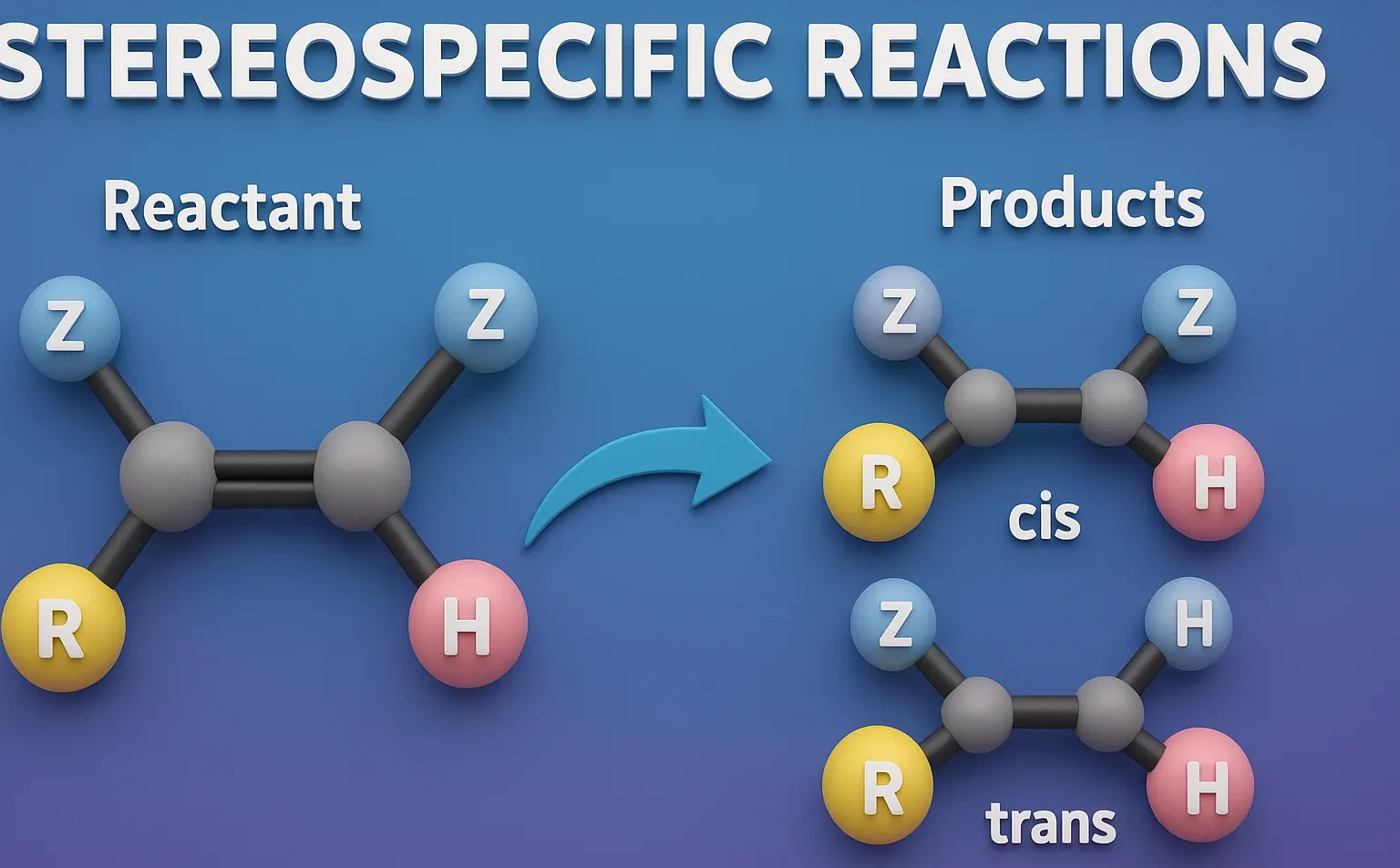Pyrrole: Synthesis and Reactions
Pyrrole: Synthesis and Reactions include methods like Paal-Knorr synthesis and Knorr synthesis, with reactions such as electrophilic substitution at the 2-position. Synthesis of Pyrrole Hantzsch Pyrrole Synthesis Reagents: β-ketoester, ammonia or primary amine, and a 1,3-dicarbonyl compound Reaction: CH₃COCH₂COOEt + BrCH₂COCH₃ + NH₃ → Substituted pyrrole Knorr Pyrrole Synthesis Reagents: α-amino ketone + β-ketoester Mechanism: … Read more


